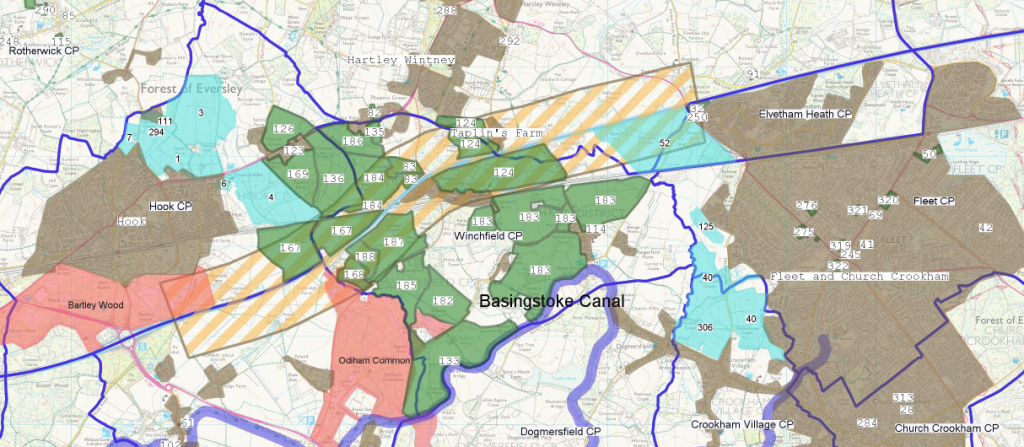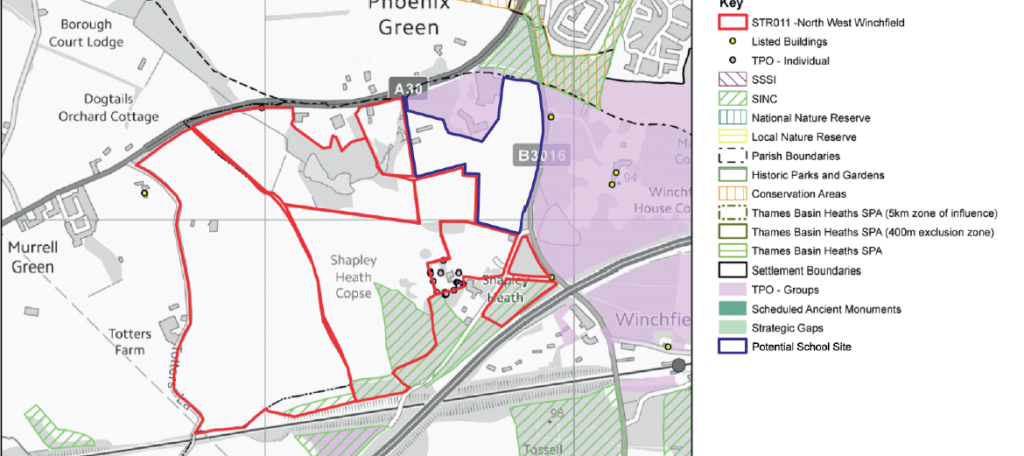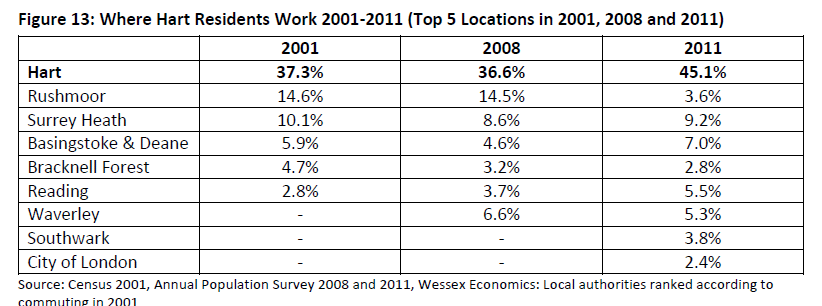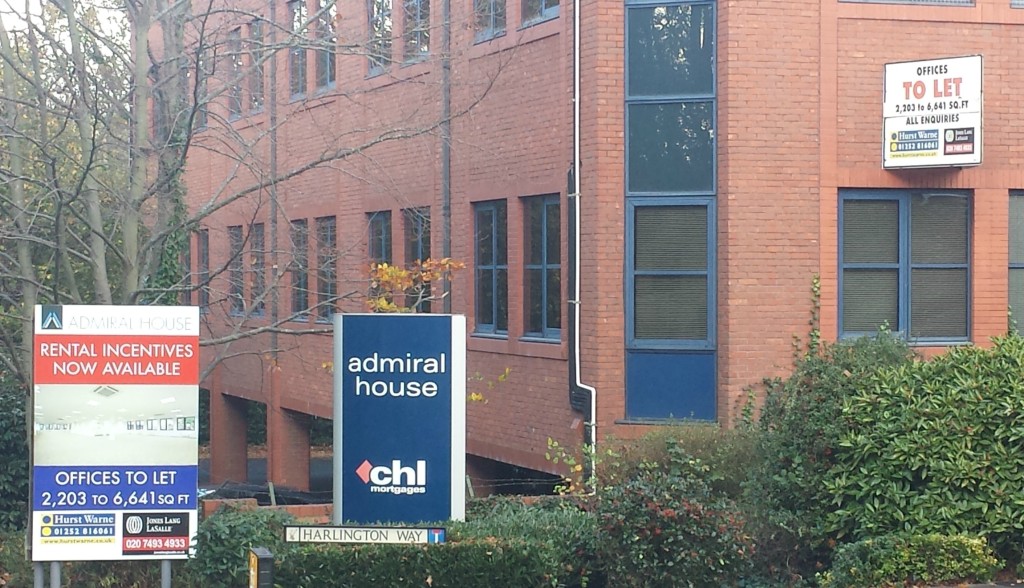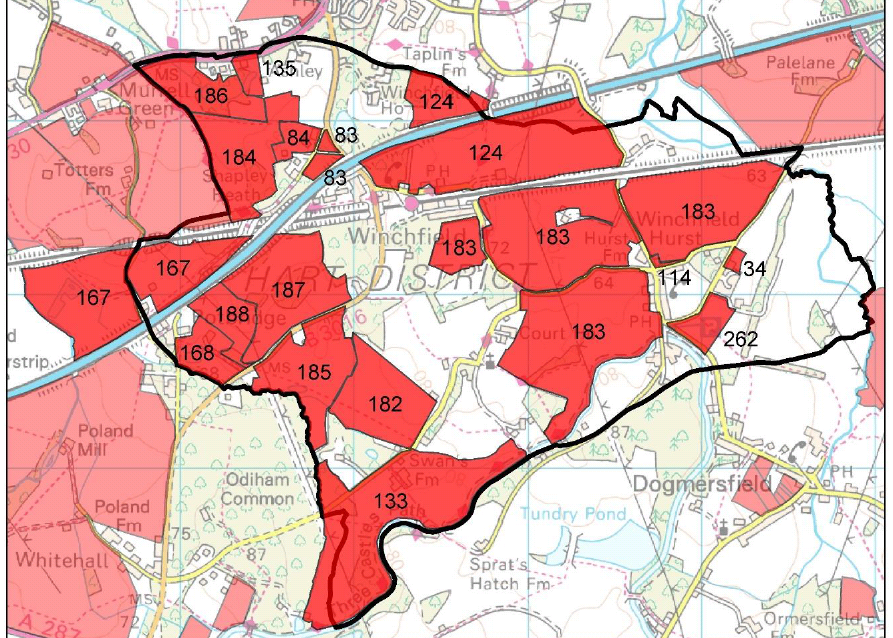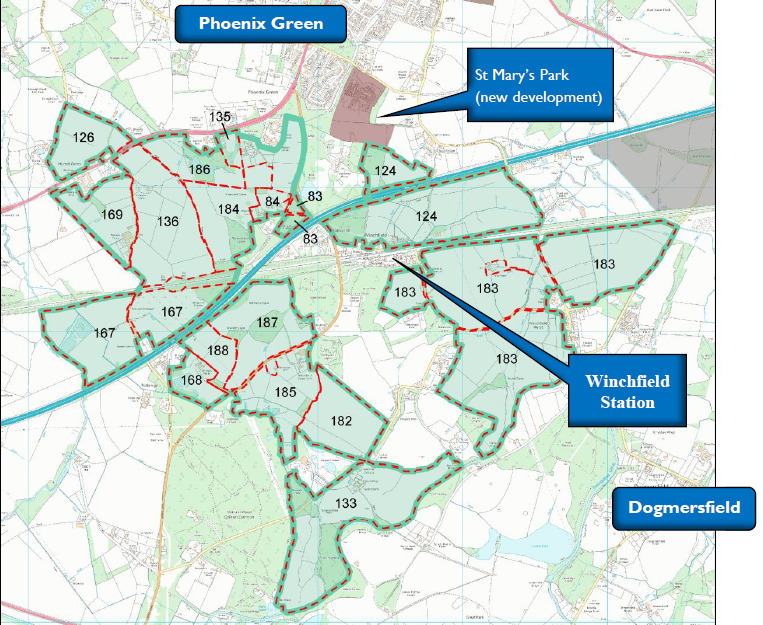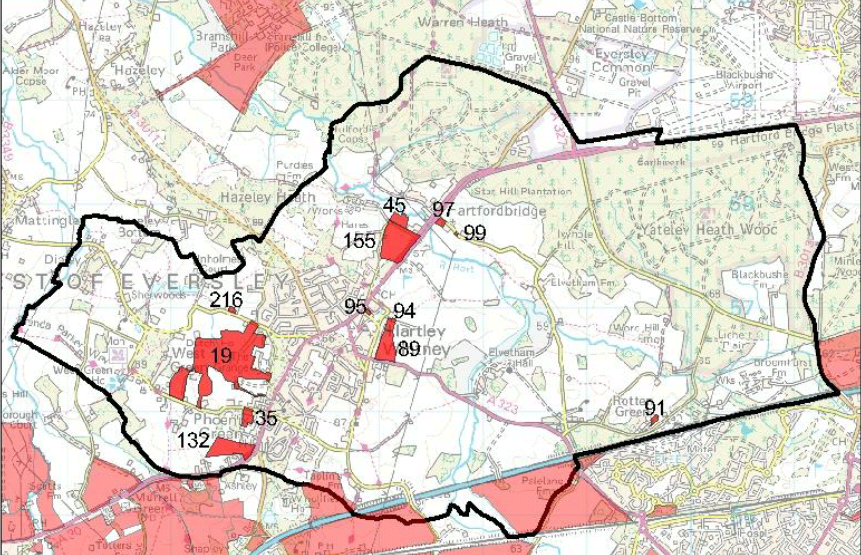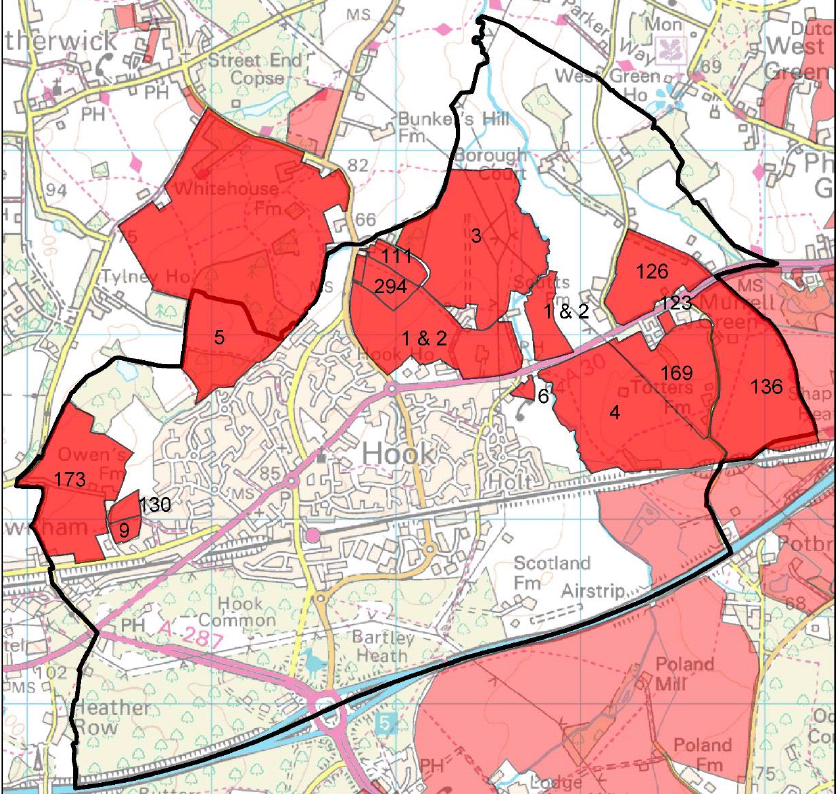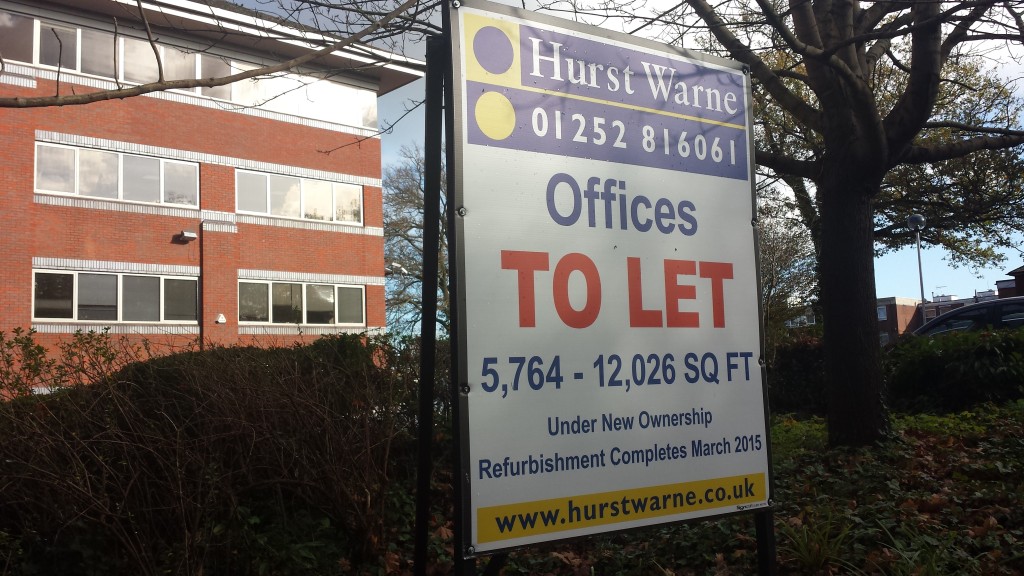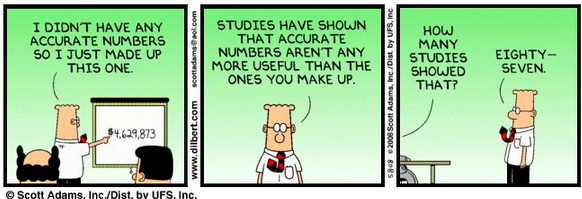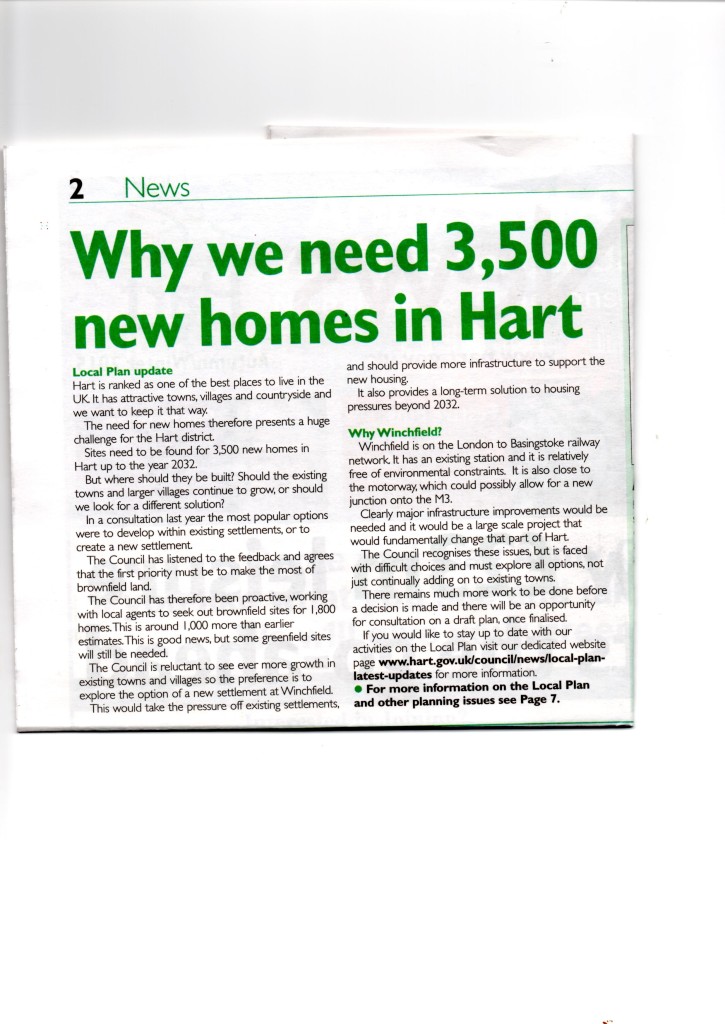
We Heart Hart’s mascot, Bravehart
As has become the style of Parliamentary questions, I have been posed a question by Steve of Fleet West. It’s a long and complicated question, but I will do my best to answer it.
The question put to me was:
Question for you. Because Hart already has more SHLAA sites than needed, the duty to cooperate under the localism act required us to use them to deliver neighbouring districts excess needs regardless of whether a new settlement is selected as an option. Some of the SHLAA sites used would inevitably be those in And around Winchfield, but without the master planning and infrastructure provision possible with a planned settlement. And many would be urban extensions causing a burden on existing towns causing further local issues. Do you not think this is the case, and if so why?
First, my understanding is that the “duty to cooperate” is not a “duty to agree” (as we were told by Peter Village QC) and Hart should be robust on two fronts:
- They should challenge the alleged “need” in the SHMA. We’ve already established it is based on out of date population forecasts and calls for an “aspirational” level of employment growth that is simply unrealistic. If these arguments are taken on board, the whole issue of having t meet the needs of neighbouring districts falls away.
- Hart DC should be robustly challenging Rushmoor in particular who could build more by increasing the density at Wellesley and by releasing some or all of the 96 Ha of employment land they are protecting that it not needed to meet even the inflated employment forecasts. Rushmoor could even meet some of Surrey Heath’s unmet need.
Second, with or without a new settlement, I simply do not believe the infrastructure numbers add up, and I believe we are being sold a pig in a poke. £300m costs, versus £50m of developer contribution against an existing £78m infrastructure funding black hole.
Third, it is extremely unlikely that individual Winchfield sites will be picked off (outside those recommended in the Winchfield Neighbourhood Plan) because they simply do not meet the criteria as suitable places for development. Let’s run through some of the constraints identified in the official evidence base:
SHL 83: The area of the site which is a SINC should not be developed and should be protected from any development, as should those other SINCs nearby. A contribution towards SPA mitigation would be required. Policy would need to be changed for this development to be permitted by way of allocating a settlement boundary to Winchfield which includes this site (however this seems unlikely given that the site is on the other side of the M3 from the rest of Winchfield. The constraint relating to the location, remote from settlements with a boundary seems unlikely to be overcome therefore the site may not be considered suitable or achievable in future.
SHL 133: The fact that the site does not relate to any existing settlement boundary cannot be overcome. Policy would need to be changed for development to be permitted at this location by way of a broader strategic allocation.
SHL182: Site is not related to any settlement; Southern boundary edge within flood zones 2 and 3. Mostly high, but partly medium potential likelihood of groundwater flooding.
SHL183: Site is not related to any settlement; North eastern corner in flood zone 2 and 3; High potential likelihood of groundwater flooding.
SHL184: Site is not related to any settlement; Mostly medium, but some high potential likelihood of surface water flooding.
And then of course we have the Adams Hendry assessment of the combined strategic site:
- “The road infrastructure in the Winchfield area reflects the areas rural character and has limited capacity for additional traffic. Therefore a key infrastructure issue for developing any significant level of housing at Winchfield is how the road infrastructure can be upgraded to meet the projected levels of demand and how traffic to/from the new development would access the M3 Motorway.”
- “There are a number of significant nature conservation features and designations either adjacent or in close proximity to the site.”
- “Some part of the site are subject to area based TPOs, particularly to the north of the site, near to Winchfield House”.
- “The Hampshire Minerals and Waste Plan Policies Map indicates that parts of the site contain areas subject to minerals safeguarding for sharp sand and gravel… The extent to which this might constrain development will need to be assessed, including through engagement with Hampshire County Council.”
- “The two halves of the site differ in landscape terms with the western half being characterised by the mosaic pattern of generally medium-sized fields interspersed by numerous wooded copses and heavily wooded field boundaries… Most of this part of the site could reasonable be characterised as attractive rolling countryside… The potential for new development within this area to negatively impact on landscape character is considered to be significant.”
- “The eastern half of the site is much more open, except for the southern portion near to the Basingstoke Canal… The countryside in this area is less attractive than the western part of the site, although its lack of current development and open nature means that significant development in this area has the potential to cause considerable harm to landscape character.”
- “It is possible that the site contains some ʻbest and most versatileʼ (BMV) agricultural land, but this would need to be confirmed through a survey.”
- “There are a variety of Listed Buildings within and adjacent to the site… The most significant heritage features impacting on the site are as follows:-
- The Basingstoke Canal Conservation Area… there is considered to be a risk that development towards the south of the site will negatively impact on the setting of the Canal;
- Dogmersfield Park (Historic Park and Garden)
- Winchfield House (Grade II*) and its extensive grounds
- St Mary’s Winchfield if a Listed Norman Church (Grade I)… it is considered that development close to the southeast boundary could have a negative impact on the currently very rural and sparsely developed setting of the church.”
- “Significant parts of the site are subject to the risk of groundwater flooding at the surface”.
- “The nature of the site, split, with substantial areas of farmland, as well as Winchfield Station between the two halves is considered to significantly influence how a new settlement could be planned. It would be challenging to plan a compact nuclear settlement on this site and the shape of the site lends itself more to a linear or ʻlinked polycentricʼ approach.”
- “Development at the north of the site risks leading to settlement coalescence with Hartley Wintney”.
- “Overhead power lines traverse the site and may represent a constraint”.
- “The extent to which environmental noise from the motorway and railway impacts on the site should be ascertained”.
So, it seems that Winchfield is a bad location for a new settlement, and an even worse location for individual developments. I would hope we can avoid urban extensions on green fields too, and would like to see significant regeneration of existing towns and investment in infrastructure in those places.
